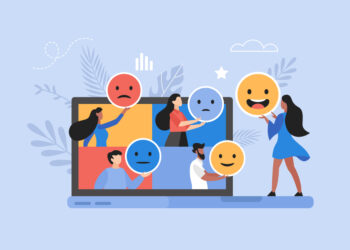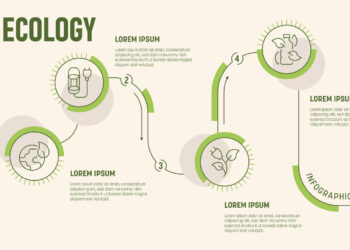
- Image by Joi Ito via CrunchBase
There’s a potentially interesting new book out, but it may be one of those “better as a magazine article” books. I’m not sure, but one idea it contains sounds pretty intriguing — how the technology world is orienting itself around each user, rather than making users orient themselves in the world.
The book is called, “I Live in the Future & Here’s How It Works,” and it’s written by Nick Bilton, a lead blogger for the New York Times’ Bits blog. In an excerpt that appeared earlier this week, Bilton talks about how maps, which once made you orient yourself using landmarks and notation, now place users at the center and interact with them as they move and explore — from car GPS screens to smartphones, we’re becoming accustomed to a world oriented around ourselves.
It’s why Facebook and Twitter have become such basic news sources. It’s why Flipboard on the iPad is so intriguing. Bilton argues that the expectation is so strong that users will jailbreak personalization if it’s not offered:
The Internet generation is looking for personalized experiences, from the clothes that they buy, to when, where and how they watch the latest episode of “Glee.” For content creators this poses a problem: if they don’t offer the option to consume a product in a personalized way, many consumers will simply go and get it themselves — something that some would call stealing.
The idea describes something we’ve probably all been observing, from RSS readers to Twitter to Facebook to email, the news finds us. We’re the center of an information service world.
I paired this post with the slideshow about mobile sites because I think the two ideas are related — the Web is both mobile and omnipresent in some ways, but the way it’s being deployed is about each user. It’s the antithesis of broadcast, yet it requires broadcast. And the “filter failure” we’re worrying about requires traditional filters, but then gets filtered further.
The revolution just keeps rolling along.
Discussion
5 Thoughts on "The “Me at the Center” Expectation — A New Consumer Mindset and What It Might Portend"
What would an academic journal “Flipboard” look like? This is very interesting stuff!
How do we as journals make sure the best research gets tweeted, shared, liked? Do we take a passive or active approach?
Lots of questions about our unfolding role in the marketplace of ideas.
Remember when broadcast news and shows seemed personal because they were in your living room? One set for the family. Funny that everything is so personalized now but often everyone is still receiving the same thing–like a form letter, but better, or we think more sophisticated–but we think it is personal. In some cases I think news can become to filtered. We see more headline and less detail or focus on some news and totally miss other news that can be important or at least interesting. Don’t forget so much is geared toward the younger population so we do not know for sure what they will bring forward as they mature and what they will jettison or refashion and what they will disdain when the next gen moves up.
We comment now on how everyone is always connected–but before we divided labor and individuated and took off on our own–we didn’t need to connect–we had no choice but to be connected–we were always in the same home and or close community and everyone knew everyone’s business and chose what to filter out or take in. Little privacy–like now! Now we leave the home and neighborhood most days but we remain connected. We don’t have to reach out that far to touch someone–mobile and e puts everyone in close proximity at a reasonable cost. Funny how you mention antithesis of broadcast but requires broadcast–it is all a paradox. Having my home wired to be wireless. TV was wireless now that requires a hole in the house. Telephone quality was great and cost was high when it was wired–now we accept mixed quality and that calls drop when we pass a certain intersection or call in a certain bldg.
I think it is still an extension of and foundation set in the ’60s and ’70s and ’80s rebellion and individualism. That’s ok–we will see what is next.



